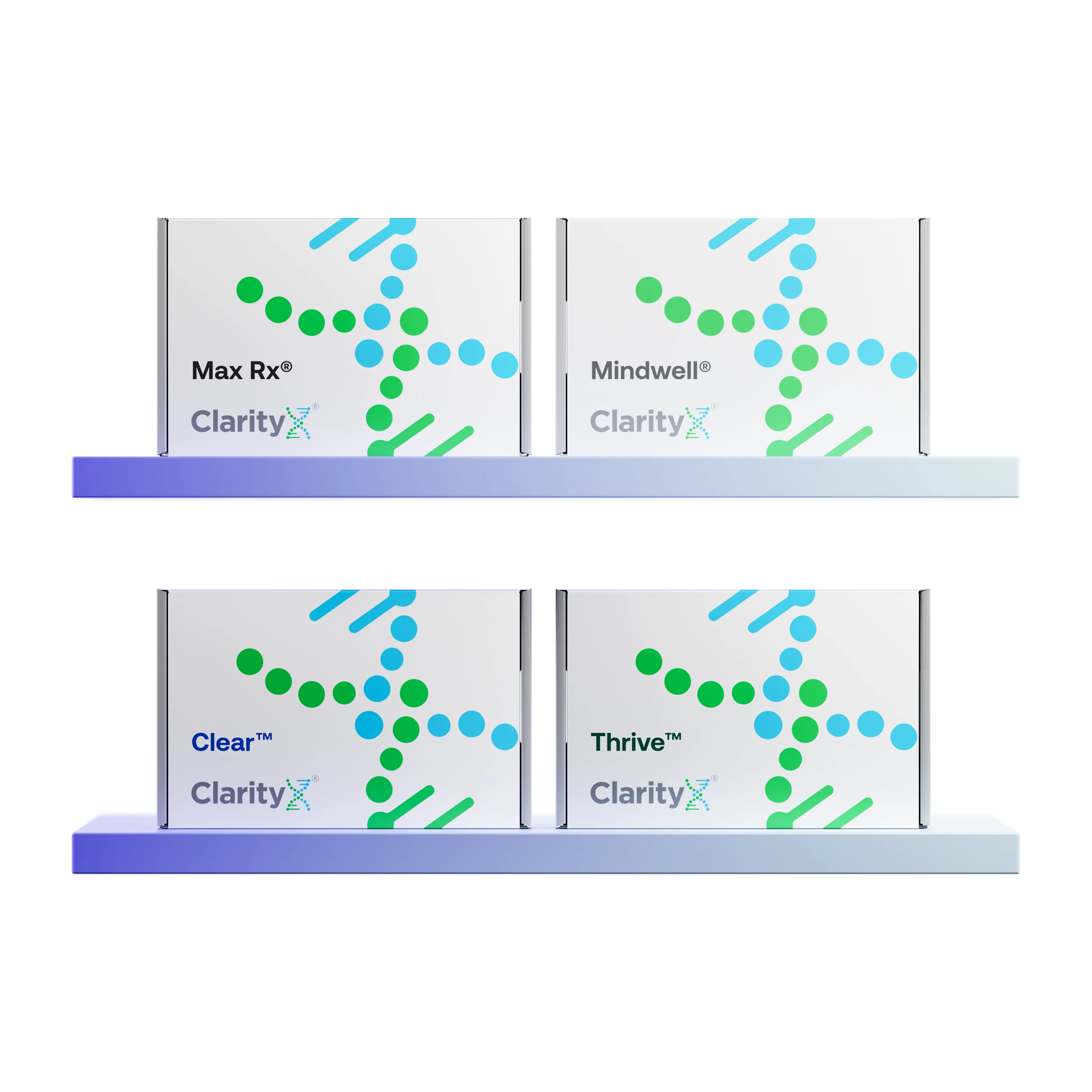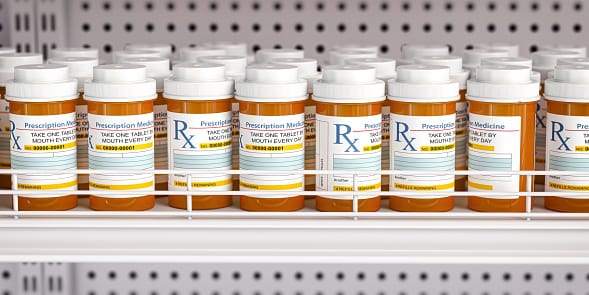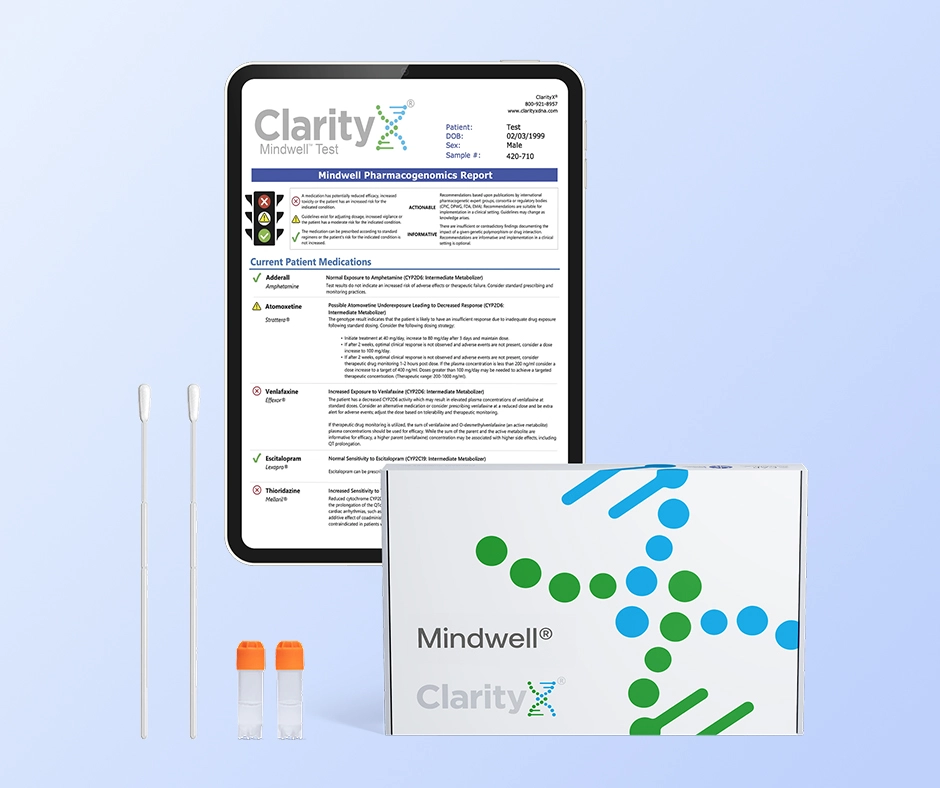Key Highlights
- Having high cholesterol can make you more likely to have a heart attack or stroke, which is why taking statin therapy could be a good choice.
- Doctors often prescribe atorvastatin and pravastatin as part of this treatment.
- These two medications, atorvastatin and pravastatin, are known to lower your cholesterol while causing relatively few side effects.
- Atorvastatin is considered a more potent statin capable of providing a more significant reduction of low-density lipoprotein (LDL) cholesterol if needed.
- Muscle pain can occur with both medications but may be more likely with atorvastatin. If this persists or worsens over time, discussing it with your healthcare provider is essential.
- When deciding on the best statin for a patient, healthcare providers consider each person's needs and health background.
Introduction
Having high cholesterol is a big reason why people might get heart problems, like heart attacks or strokes. To lower the chance of these health issues, doctors often suggest using statin therapy for folks with high cholesterol. Statins are drugs that stop an enzyme called HMG-CoA reductase from making cholesterol in your liver. This action helps bring down the levels of LDL (low-density lipoprotein) or "bad" cholesterol in your blood, with a common goal of keeping it below 100 mg/dL or 2.6 mmol/L.
Among the statins available, atorvastatin and pravastatin are two that doctors prescribe frequently. Atorvastatin, also known by its brand name Lipitor, is one of the top choices around the world. Pravastatin, also called Pravachol on pharmacy shelves, is another go-to option for many patients. Both medicines and other statins such as Crestor do an excellent job of cutting down cholesterol levels. However, they are not exactly alike, which can affect which one you might use.
In this blog post, we'll dive into what sets apart atorvastatin from pravastatin - things like their chemical makeup, how strong they are, when the FDA gave them thumbs up, and how well they tackle bad cholesterol. We'll also cover how safe each drug is, including any side effects or potential clashes with other meds you may be taking. By getting to know these details about atorvastatin vs. pravastatin, those dealing with high cholesterol, along with their healthcare teams, can pick the best treatment path forward.
Understanding Statins: The Basics
Statins usually come in the form of tablets you take by mouth. They're given to folks with high plasma cholesterol levels, especially when they've got too much LDL-C, or what many call "bad" cholesterol. This type of cholesterol is not good because it can lead to plaque building up inside your arteries, which might cause atherosclerosis and bump up your chances of getting cardiovascular disease.
Statins work their magic by blocking an enzyme called HMG-CoA reductase that makes cholesterol in your liver. When this happens, the amount of cholesterol in your blood goes down. As a result, it could lower the risk of having serious heart problems like heart attacks and strokes.
What Are Statins and How Do They Work?
Statins are medicines often used to help manage high cholesterol. They work by blocking an enzyme in the liver needed to make cholesterol, which helps lower the amount of LDL (bad) cholesterol in your blood.
Too much LDL cholesterol is a big problem because it can lead to atherosclerosis. This condition happens when plaque builds up inside your arteries, narrowing them and reducing blood flow. This situation puts you at a higher risk for heart attacks and strokes.
Doctors usually recommend statins for people with high levels of bad cholesterol or those who have had heart disease or are at high risk of getting it. These drugs do a good job of lowering bad cholesterol and cutting down on problems related to cardiovascular disease. But not everyone should take them—especially if they have liver issues or haven't reacted well to statins before.
The Role of Statins in Cholesterol Management
Statins are important in controlling cholesterol, especially LDL. By blocking a specific enzyme in the liver, drugs like atorvastatin and pravastatin slow down how much cholesterol is made. With less bad cholesterol floating around, there's a smaller chance of getting heart disease. On top of that, statins can also slightly bump up HDL (good cholesterol) levels and help with triglycerides, which is all good news for your heart health. Knowing how these statins work helps healthcare providers determine the best therapy for each person they care for.
Atorvastatin and Pravastatin Explained
Atorvastatin and pravastatin are both used to help people with high cholesterol. Atorvastatin (Lipitor) is popular all over the world for this. Since 1996, folks in the United States have been able to get it in different doses, like 10 mg, 20 mg, 40 mg, and even up to 80 mg.
On the other hand, Pravachol is what they call pravastatin. It's another go-to statin that doctors often prescribe. It's been around since 1991 in the U.S., available as an oral tablet in strengths of 10mg through 80mg, just like atorvastatin.
Overview of Atorvastatin
Atorvastatin, also known as Lipitor, is a statin medication that doctors often prescribe. It comes in doses from 10 mg to 80 mg. This medicine is especially for people with high cholesterol or who are at high risk of cardiovascular disease.
Research has shown that atorvastatin does a great job at lowering bad LDL cholesterol and helping prevent heart-related issues. Atorvastatin has become established as a moderate- to high-intensity statin, capable of reducing LDL levels by 50% or more at higher doses. This can be critical for lowering the risk of heart attack or stroke for many patients with elevated cholesterol.
When it comes to side effects, what happens with Atorvastatin isn't too different from other drugs like it. Some people might experience muscle pain, nausea, or diarrhea when taking it. Because atorvastatin is readily absorbed by muscle tissue, it can be more likely to cause muscle pain. Both patients and healthcare providers must watch for any problems patients may face while on this medication.
Overview of Pravastatin
Pravastatin, also known as Pravachol, is a statin medication that doctors often prescribe. It comes in doses from 10 mg to 80 mg and is mainly given to people with high cholesterol or those who are at high risk of getting cardiovascular disease.
Pravastatin is considered a reliable low- to moderate-intensity statin capable of reducing LDL levels by as much as 30%–50%. Depending on their initial lab values, this can help lower the risk of heart attack or stroke for many patients.
When talking about side effects or adverse events from taking this medicine, patients on pravastatin have reported things like muscle pain, diarrhea, and indigestion. These are pretty much what you'd expect when comparing them to other drugs in their class, although the risk of muscle pain may be lower than some alternatives. Both patients and healthcare providers need to monitor for any concerns.
Key Differences Between Atorvastatin and Pravastatin
When treating high cholesterol, atorvastatin and pravastatin are two options with some important differences. For starters, the way they're made is different. Atorvastatin is a man-made statin, while pravastatin comes from fermenting fungus.
In terms of strength, atorvastatin usually packs a bigger punch than pravastatin. This means it's often better at getting those LDL levels down. But how much you should take can depend on your own health situation.
Atorvastatin is absorbed more readily into muscle tissue and can be more likely to cause muscle pain. In contrast, pravastatin is more likely to bypass muscle tissue and may be less likely to cause muscle pain.
Both these medicines have gotten the thumbs up from the FDA to help people manage their high cholesterol and cut down on risks like heart attacks or strokes.
Chemical Composition and Potency
Atorvastatin and pravastatin are two different types of statin medications, each with its own chemical makeup. Atorvastatin is made in a lab, while pravastatin comes from the fermentation of a specific fungus. When it comes to strength, atorvastatin usually packs more punch than pravastatin does.
Finding the right dosage can vary for every patient because everyone's body and cholesterol levels are unique. Both these medicines are available as tablets that you take by mouth, and they're available in several strengths.
It's really important for healthcare providers to examine each person’s situation carefully to determine which medicine is best for them and how much they should take. This decision depends on how well someone responds to their treatment plan and what their cholesterol numbers look like.
FDA Approval and Usage Recommendations
The FDA has endorsed both atorvastatin and pravastatin for managing high cholesterol and preventing heart problems. When it comes to using these medications, the FDA suggests determining how likely someone is to have heart issues before deciding on how much and which statin to take. It's really important for doctors to examine each person's health closely so they can pick the best treatment for heart disease.
Studies have shown that both drugs are effective at lowering LDL (the bad) cholesterol levels, helping prevent serious conditions like coronary heart disease in people who are more likely to get them. But when choosing between atorvastatin and pravastatin, it all boils down to what works better for an individual based on their unique health situation and how they react to the medication.
Comparing the Efficacy of Atorvastatin and Pravastatin
A lot of research has gone into how well atorvastatin and pravastatin work in lowering cholesterol levels. These medicines are really good at lowering LDL, or what many call the "bad" cholesterol. This is super important for keeping heart problems away.
These drugs can provide support beyond simply LDL. They can also help with triglycerides and HDL cholesterol levels. Triglycerides are a kind of fat in your blood that you don't want too much of because they can lead to cardiovascular disease. HDL is known as the "good" cholesterol since it helps get rid of the bad from your bloodstream. Both atorvastatin and pravastatin have been found to increase HDL levels.
Impact on LDL Cholesterol Levels
Studies have shown that both atorvastatin and pravastatin are good at lowering LDL cholesterol, which can help prevent atherosclerosis. This condition happens when plaque builds up in your arteries, making it hard for blood to get through. By cutting down on LDL cholesterol, these statins significantly slow down plaque buildup and lower the chance of heart problems.
Effects on Triglycerides and HDL Cholesterol
Besides cutting down on LDL, or the "bad" cholesterol, atorvastatin and pravastatin may help improve triglycerides and HDL cholesterol. Triglycerides are fats in our blood that can increase the risk of heart problems if they're too high. By lowering these levels, both medications help keep cardiovascular disease at bay.
In addition, they boost HDL cholesterol—that's the "good" kind, which helps clear out LDL from your bloodstream and keeps arteries clean from plaque buildup. So, taking either atorvastatin or pravastatin tackles bad cholesterol and plays a crucial role in managing overall heart health by dealing with triglycerides and boosting good cholesterol.
Side Effects and Safety Profile
Like all medicines, atorvastatin and pravastatin come with their own set of possible side effects and things to watch out for. People taking these drugs often report experiencing muscle pain, feeling sick to their stomach, having diarrhea, or suffering from indigestion.
If something more serious happens, statins can lead to severe problems like myopathy (muscle damage) or rhabdomyolysis (when muscle tissue breaks down, also endangering the kidneys). Healthcare providers must closely monitor anyone taking statin medications for any signs of trouble. If someone feels ongoing or unexplained muscle soreness, weakness, or tenderness, they must contact their healthcare provider without delay.
When comparing the two drugs' adverse event profiles—the risk of side effects—they're pretty similar for both treatment groups. If you've got high cholesterol levels needing attention, the good these meds do often outweigh any potential risks.
Common Side Effects of Atorvastatin
Atorvastatin, along with other statin drugs, might lead to some side effects. Healthcare providers commonly monitor liver function before and after starting statin medications to ensure safe use. Liver damage is possible but relatively rare.
Atorvastatin can be more likely to cause muscle pain or weakness when compared with statins like pravastatin. If you're feeling weak or your muscles hurt, telling your healthcare provider is crucial.
Other adverse effects can also occur, such as feeling sick to your stomach, throwing up, or dealing with diarrhea. It’s really important for anyone experiencing these problems to talk with their healthcare provider about whether atorvastatin is still suitable for them.
Common Side Effects of Pravastatin
Pravastatin, like other drugs in the statin family, can lead to some side effects, including serious side effects such as muscle disease or rapid breakdown of muscle tissue. Common side effects may include muscle pain, weakness, or tenderness. If these symptoms persist or are unexplained, it is important to contact a healthcare provider immediately.
Liver problems are also a rare but possible side effect, so making regular liver checks while on this medication is crucial. Other potential side effects may include stomach troubles such as nausea, vomiting, or diarrhea.
Despite these concerns, most folks find pravastatin safe and handle it well overall. Still, chatting with your healthcare provider about any worries regarding its side effects ensures you make the best choice for your health.
Drug Interactions and Contraindications
If you're taking statin drugs like atorvastatin or pravastatin, it's vital to know about drug interactions and what not to mix with them. For instance, mixing these meds with grapefruit juice can increase the chances of side effects by increasing the levels of atorvastatin in the blood. It's also crucial to tell your healthcare provider about any other medicines you're on since some can clash with statins, raising the risk of adverse events. Working closely with your healthcare provider is important to ensure your treatment plan is safe and effective.
Genetic Testing
Pharmacogenomic (PGx) testing is a precision medicine tool that analyzes your DNA to predict how your body will process and respond to specific medications. By examining genetic variants primarily those affecting liver enzymes the test reveals if you are likely to metabolize a drug too slowly (increasing the risk of severe side effects) or too quickly (making the medication ineffective).
This genetic insight allows doctors to move away from a "trial and error" prescribing method, helping them select the right drug and the right dose from the start to maximize treatment success while minimizing adverse reactions.
Atorvastatin Interactions to Be Aware Of
Atorvastatin, a medication many people take, doesn't mix well with some other medicines or things like grapefruit juice. When you drink grapefruit juice while taking atorvastatin, your body can't break down the medicine as it usually would. This means there's more of the drug in your blood than there should be, which could make side effects worse. If you're on atorvastatin and love drinking grapefruit juice, discussing this with your healthcare provider before continuing is best.
Also, if you're using other medications that change how liver enzymes work or if you have liver disease, let your doctor know because these situations need extra attention. Regular checks on how well your liver is working might also be needed. Working closely with a healthcare provider is vital to determine what medications are safe and most effective.
Pravastatin Interactions to Be Aware Of
Pravastatin might not play well with some other meds, so it's key for folks to chat about this with their healthcare provider. If you're taking anything that affects liver enzymes, your healthcare provider needs to know since pravastatin could interact with these medications. Talk with your doctor about all of the prescription and over-the-counter treatments you use.
If an individual has certain health issues or things that make them more at risk for side effects, they might need a different type of statin or a change in how much pravastatin they take. By looking into each person's unique situation, the healthcare provider can give advice that keeps treatment both safe and effective.
Patient Considerations: Who Should Take What?
Picking between atorvastatin and pravastatin is about what works best for each person. Everyone is different, and their needs matter greatly when deciding on the right statin treatment.
Things like age, way of life, and other health issues can influence which statin is best for you. It's key to team up with your healthcare provider so they can help figure out which statin drug perfectly fits your specific needs. By examining all these personal details, your healthcare provider will be able to guide you towards the most effective choice in statin therapy, aiming for great results.
Personalizing Statin Therapy Based on Health Conditions
When it comes to statin therapy, it's really about what works best for each person. A healthcare provider plays a crucial role in figuring this out by looking at various things like other health issues someone might have, how different medicines might react with one another, and the patient's overall well-being.
For instance, if someone has liver disease, they'll need to be watched more closely and may need a smaller amount of statin medication. Also, depending on specific health problems or risk factors, a particular type of statin medicine or even combining different treatments could work better for them. It’s crucial for patients to tell their healthcare provider all about their medical history and any important details so they can get the safest and most effective treatment plan.
Considerations for Age, Lifestyle, and Comorbidities
When it comes to picking the right statin treatment, a few things really matter, like how old someone is, their way of life, and whether they have any other health issues. Older individuals might need a different kind of medicine and may need to watch more closely for any unwanted reactions.
How active you are and what you eat play big roles in how well statins work, too. If someone has serious conditions like diabetes or has had heart problems before, they might need specific medications or higher doses of statin therapy so their cholesterol levels get where they should be. It's very important for patients to chat with their healthcare provider so the plan fits just right with what they need.
When considering treatment options your genetics can also play a vital role in determining which medications will be best suited for you. A simple test can help reduce the trial and error process associated with finding the right medication. Find out more by visiting www.clarityxdna.com
Conclusion
Both atorvastatin and pravastatin can be key in keeping cholesterol levels in check, but they don't work the same way for everyone. There are potential differences in how effective they are, their side effects, and how they might react with other things you're taking.
Talking to a healthcare provider who knows your health inside out is very important. They can give advice that fits just right with what you need. By being well-informed and on top of your game about choosing between these statins, you're setting yourself up for better control over your cholesterol and heart health overall.
Frequently Asked Questions
Can I Switch From Atorvastatin to Pravastatin or Vice Versa?
When you're thinking about changing from one statin to another, it's really important to do this with the help of a healthcare provider. They can take a good look at what you specifically need and figure out just the right amount and when you should start taking your new medication. Following what your healthcare provider tells you is key, as well as keeping an eye on how your cholesterol levels are doing while making the switch.
How Long Does It Take to See Results From Atorvastatin or Pravastatin?
How well statin drugs like atorvastatin and pravastatin work can differ from one person to another. Studies have shown that these medications significantly lower cholesterol levels in the first few weeks of taking them. But, how each person responds can be different. That's why it's key to keep on with the medication exactly as your healthcare provider tells you and check in with them for any needed changes or checks on how things are going.
References
https://www.accessdata.fda.gov/drugsatfda_docs/label/2012/019898s062lbl.pdf
https://www.ncbi.nlm.nih.gov/books/NBK583664/table/ch1.tab1/
https://pubmed.ncbi.nlm.nih.gov/35997723/
https://www.sciencedirect.com/topics/biochemistry-genetics-and-molecular-biology/hmg-coa-reductase
https://medlineplus.gov/hdlthegoodcholesterol.html
https://www.acc.org/latest-in-cardiology/articles/2018/12/12/07/23/statin-safety-and-adverse-events
https://dailymed.nlm.nih.gov/dailymed/drugInfo.cfm?setid=6c011348-a236-47d3-bbef-3e0b956dd080
https://clarityxdna.com/blog/learn/genetic-testing-for-high-blood-pressure/
https://clarityxdna.com/blog/learn/genetic-testing-for-high-cholesterol-medication/






